-
 Bitcoin
Bitcoin $117900
0.31% -
 Ethereum
Ethereum $3766
0.28% -
 XRP
XRP $3.176
-0.31% -
 Tether USDt
Tether USDt $1.000
0.00% -
 BNB
BNB $795.6
1.51% -
 Solana
Solana $186.8
-1.09% -
 USDC
USDC $0.9999
-0.01% -
 Dogecoin
Dogecoin $0.2353
-1.33% -
 TRON
TRON $0.3226
1.49% -
 Cardano
Cardano $0.8172
-1.08% -
 Sui
Sui $4.178
3.06% -
 Hyperliquid
Hyperliquid $43.05
-3.39% -
 Stellar
Stellar $0.4367
-0.57% -
 Chainlink
Chainlink $18.62
1.47% -
 Hedera
Hedera $0.2828
6.63% -
 Bitcoin Cash
Bitcoin Cash $584.7
5.65% -
 Avalanche
Avalanche $24.81
2.53% -
 Litecoin
Litecoin $112.8
-0.88% -
 UNUS SED LEO
UNUS SED LEO $8.975
-0.08% -
 Shiba Inu
Shiba Inu $0.00001395
-1.07% -
 Toncoin
Toncoin $3.285
-1.05% -
 Ethena USDe
Ethena USDe $1.001
0.01% -
 Polkadot
Polkadot $4.123
0.76% -
 Uniswap
Uniswap $10.49
-0.18% -
 Monero
Monero $326.5
0.14% -
 Dai
Dai $0.9999
-0.02% -
 Bitget Token
Bitget Token $4.576
0.34% -
 Pepe
Pepe $0.00001247
-1.55% -
 Cronos
Cronos $0.1400
3.77% -
 Aave
Aave $295.1
-0.73%
BTC fifteen-minute volume shrinking price flat change signal
The BTC fifteen-minute volume shrinking price flat change signal indicates market indecision and can precede a breakout, useful for short-term trading strategies.
Jun 08, 2025 at 09:00 pm
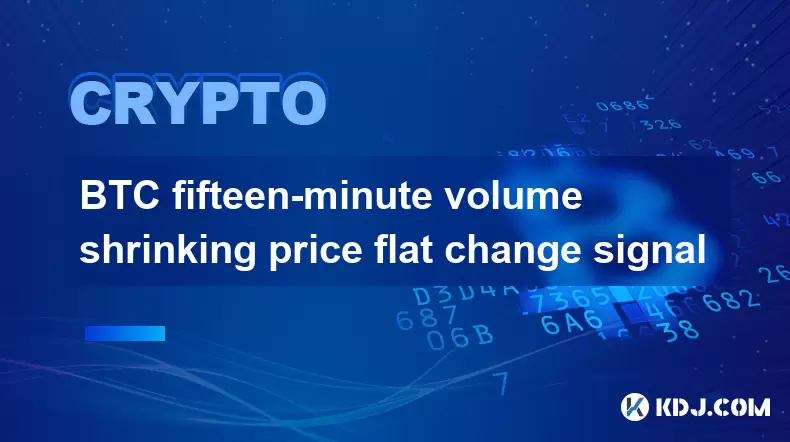
Understanding the BTC Fifteen-Minute Volume Shrinking Price Flat Change Signal
The BTC fifteen-minute volume shrinking price flat change signal is an important indicator for cryptocurrency traders. It occurs when the trading volume of Bitcoin (BTC) decreases over a fifteen-minute period while the price remains relatively stable. This signal can provide insights into potential future price movements and is a critical tool for technical analysis. In this article, we will explore the mechanics of this signal, its significance, how to identify it, and strategies for trading based on it.
Mechanics of the Volume Shrinking Price Flat Change Signal
The volume shrinking price flat change signal is characterized by a decrease in trading volume over a specific timeframe, in this case, fifteen minutes, while the price of Bitcoin remains unchanged or moves within a very narrow range. This signal suggests that the market's interest in Bitcoin at the current price level is waning. When the volume decreases, it indicates that fewer traders are actively buying or selling BTC, which can lead to a period of consolidation or a potential breakout.
To understand this signal better, consider the following:
- Volume: This refers to the total number of BTC traded within the fifteen-minute period. A shrinking volume means fewer transactions are occurring.
- Price Flat Change: This indicates that the price of BTC is not experiencing significant upward or downward movements. It remains within a tight range, suggesting a balance between buyers and sellers.
Significance of the Signal
The significance of the volume shrinking price flat change signal lies in its potential to predict future price movements. When the volume shrinks and the price remains flat, it often signals that the market is in a state of indecision. Traders are waiting for a catalyst to trigger a move in either direction. This period of low volume and price stability can precede a breakout, where the price moves significantly in one direction once the market decides on a new trend.
Key points to note include:
- Market Indecision: A flat price with shrinking volume indicates that traders are unsure about the next move, leading to a period of consolidation.
- Potential Breakout: The signal can precede a breakout, making it crucial for traders to monitor subsequent price action closely.
Identifying the Volume Shrinking Price Flat Change Signal
To effectively identify the volume shrinking price flat change signal, traders need to use technical analysis tools and charts. Here are the steps to follow:
- Select a Fifteen-Minute Chart: Open a trading platform and select a fifteen-minute candlestick chart for Bitcoin.
- Monitor Volume: Use the volume indicator to track the number of BTC traded in each fifteen-minute period. Look for a consistent decrease in volume over several periods.
- Observe Price Movement: Simultaneously, observe the price movement on the chart. If the price remains within a narrow range, it indicates a flat change.
- Confirm the Signal: Confirm the signal when you see a consistent decrease in volume alongside a flat price over multiple fifteen-minute periods.
Trading Strategies Based on the Signal
Once the volume shrinking price flat change signal is identified, traders can employ various strategies to capitalize on potential price movements. Here are some strategies to consider:
- Breakout Trading: Position yourself to take advantage of a potential breakout. Place buy orders above the current price range and sell orders below it. When the price breaks out, you can profit from the move.
- Steps for Breakout Trading:
- Identify the current price range.
- Place a buy order slightly above the upper boundary of the range.
- Place a sell order slightly below the lower boundary of the range.
- Set stop-loss orders to manage risk.
- Steps for Breakout Trading:
- Range Trading: If the price continues to stay within the established range, you can engage in range trading by buying at the lower end of the range and selling at the higher end.
- Steps for Range Trading:
- Identify the upper and lower boundaries of the current price range.
- Buy BTC when the price approaches the lower boundary.
- Sell BTC when the price approaches the upper boundary.
- Use stop-loss orders to protect against unexpected breakouts.
- Steps for Range Trading:
- Waiting for Confirmation: Some traders prefer to wait for additional confirmation before acting on the signal. They might look for other technical indicators, such as moving averages or RSI, to support their trading decisions.
Tools and Indicators to Use
To effectively trade based on the volume shrinking price flat change signal, traders should use a combination of tools and indicators. Here are some essential tools:
- Volume Indicators: These are crucial for identifying the shrinking volume component of the signal. Common volume indicators include the Volume Oscillator and On-Balance Volume (OBV).
- Candlestick Charts: Fifteen-minute candlestick charts provide a clear visual representation of price and volume changes.
- Support and Resistance Levels: Identifying key support and resistance levels can help traders anticipate potential breakouts or range continuations.
- Moving Averages: These can help confirm trends and provide additional insights into potential price movements.
- Relative Strength Index (RSI): The RSI can help identify overbought or oversold conditions, which may influence trading decisions based on the signal.
Practical Example of the Signal
To illustrate how the volume shrinking price flat change signal works in practice, consider the following example:
- Scenario: You are monitoring a fifteen-minute chart of Bitcoin. Over the past few periods, you notice that the volume has been steadily decreasing while the price remains within a narrow range of $30,000 to $30,100.
- Action: You decide to prepare for a potential breakout. You place a buy order at $30,150 and a sell order at $29,950. You also set stop-loss orders to manage risk.
- Outcome: After a few more periods of low volume and flat price, the price suddenly breaks out to $30,200. Your buy order is triggered, and you enter a long position. You set a target price and eventually exit the trade with a profit.
Frequently Asked Questions
Q: Can the volume shrinking price flat change signal be applied to other cryptocurrencies?
A: Yes, the signal can be applied to other cryptocurrencies. The principle remains the same: look for a decrease in volume over a specific timeframe while the price remains flat. However, the effectiveness of the signal may vary depending on the liquidity and volatility of the cryptocurrency.
Q: How long should I wait for a breakout after identifying the signal?
A: There is no definitive answer, as the timing of a breakout can vary. It's important to monitor the market closely and be prepared to act quickly. Some traders set a time limit, such as waiting for up to a few hours, while others may wait longer for additional confirmation from other indicators.
Q: Is the volume shrinking price flat change signal more effective during certain market conditions?
A: The signal can be more effective in a consolidating market where prices are moving sideways. During highly volatile or trending markets, the signal may be less reliable as volume and price movements can be more erratic.
Q: Can the signal be used for short-term trading only?
A: While the signal is typically used for short-term trading due to its fifteen-minute timeframe, it can also be adapted for longer-term trading by adjusting the timeframe of the chart. For example, using a one-hour chart instead of a fifteen-minute chart can provide insights into longer-term trends.
Disclaimer:info@kdj.com
The information provided is not trading advice. kdj.com does not assume any responsibility for any investments made based on the information provided in this article. Cryptocurrencies are highly volatile and it is highly recommended that you invest with caution after thorough research!
If you believe that the content used on this website infringes your copyright, please contact us immediately (info@kdj.com) and we will delete it promptly.
- Crypto ETFs and Altcoins: Navigating the Wild West with Meme Coins and Tokenized Assets
- 2025-07-27 23:04:06
- Pi Coin in 2026: Will It Be Worth the Wait?
- 2025-07-27 23:10:12
- Dogecoin Price Prediction: Bullish W Pattern Sparks Hope for $1 DOGE
- 2025-07-27 23:15:21
- Bitcoin Price, Portfolio Growth, and the Remittix Alternative: Navigating the Crypto Landscape
- 2025-07-27 23:04:06
- Cryptos to Watch in 2025: Punisher Coin, Chainlink, and the Altcoin Arena
- 2025-07-27 18:30:13
- Bitcoin, Altcoins, Rebound: Navigating the Crypto Comeback Trail
- 2025-07-27 18:30:13
Related knowledge
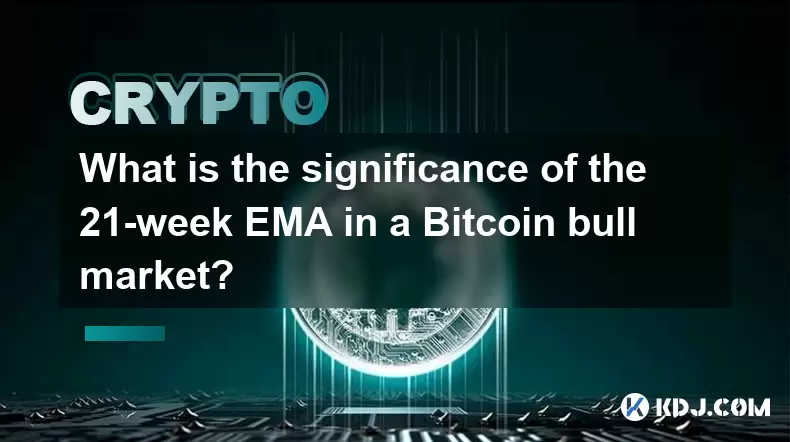
What is the significance of the 21-week EMA in a Bitcoin bull market?
Jul 10,2025 at 06:56pm
Understanding the 21-Week EMA in Cryptocurrency AnalysisThe 21-week Exponential Moving Average (EMA) is a technical indicator widely used by traders a...
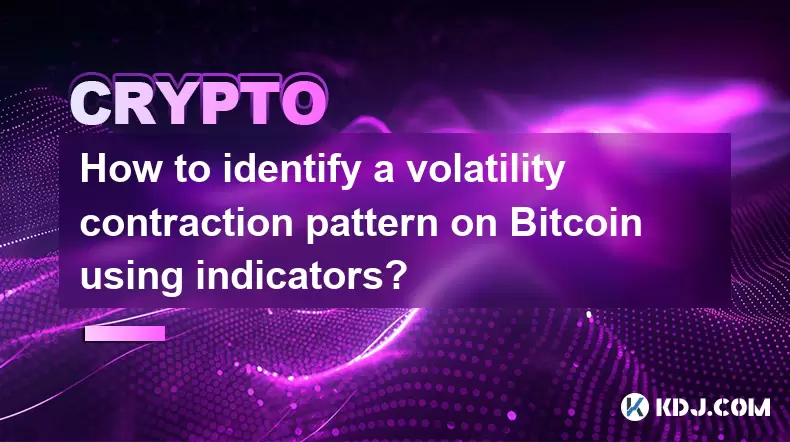
How to identify a volatility contraction pattern on Bitcoin using indicators?
Jul 07,2025 at 07:28am
What is a Volatility Contraction Pattern in Bitcoin Trading?A volatility contraction pattern refers to a phase where the price movement of an asset, s...
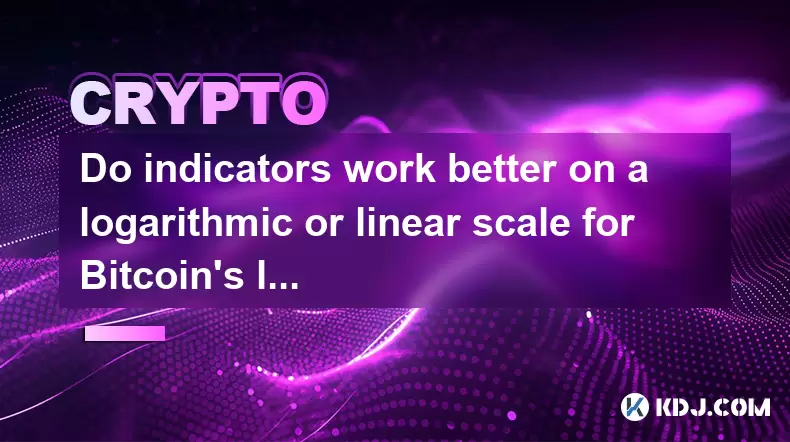
Do indicators work better on a logarithmic or linear scale for Bitcoin's long-term chart?
Jul 08,2025 at 01:42pm
Understanding Chart Scales in Cryptocurrency TradingIn cryptocurrency trading, particularly for analyzing Bitcoin's long-term trends, chart scales pla...

What is the Woodies CCI indicator and can it be used for Bitcoin?
Jul 04,2025 at 05:14pm
Understanding the Woodies CCI IndicatorThe Woodies CCI indicator is a variation of the traditional Commodity Channel Index (CCI), which was originally...
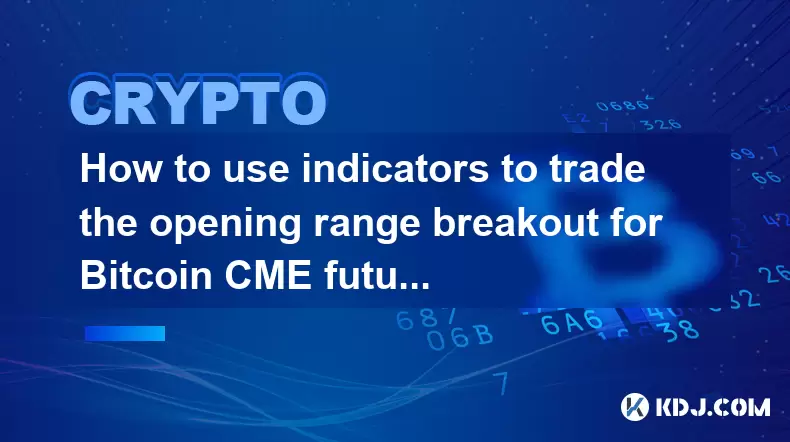
How to use indicators to trade the opening range breakout for Bitcoin CME futures?
Jul 05,2025 at 07:35pm
What Is the Opening Range Breakout Strategy?The opening range breakout (ORB) strategy is a popular trading technique used in both traditional markets ...

How to use the Relative Vigor Index (RVI) for Bitcoin trading?
Jul 07,2025 at 02:00pm
Understanding the Relative Vigor Index (RVI)The Relative Vigor Index (RVI) is a technical analysis tool used to assess the strength of price movements...

What is the significance of the 21-week EMA in a Bitcoin bull market?
Jul 10,2025 at 06:56pm
Understanding the 21-Week EMA in Cryptocurrency AnalysisThe 21-week Exponential Moving Average (EMA) is a technical indicator widely used by traders a...

How to identify a volatility contraction pattern on Bitcoin using indicators?
Jul 07,2025 at 07:28am
What is a Volatility Contraction Pattern in Bitcoin Trading?A volatility contraction pattern refers to a phase where the price movement of an asset, s...

Do indicators work better on a logarithmic or linear scale for Bitcoin's long-term chart?
Jul 08,2025 at 01:42pm
Understanding Chart Scales in Cryptocurrency TradingIn cryptocurrency trading, particularly for analyzing Bitcoin's long-term trends, chart scales pla...

What is the Woodies CCI indicator and can it be used for Bitcoin?
Jul 04,2025 at 05:14pm
Understanding the Woodies CCI IndicatorThe Woodies CCI indicator is a variation of the traditional Commodity Channel Index (CCI), which was originally...

How to use indicators to trade the opening range breakout for Bitcoin CME futures?
Jul 05,2025 at 07:35pm
What Is the Opening Range Breakout Strategy?The opening range breakout (ORB) strategy is a popular trading technique used in both traditional markets ...

How to use the Relative Vigor Index (RVI) for Bitcoin trading?
Jul 07,2025 at 02:00pm
Understanding the Relative Vigor Index (RVI)The Relative Vigor Index (RVI) is a technical analysis tool used to assess the strength of price movements...
See all articles

























































































